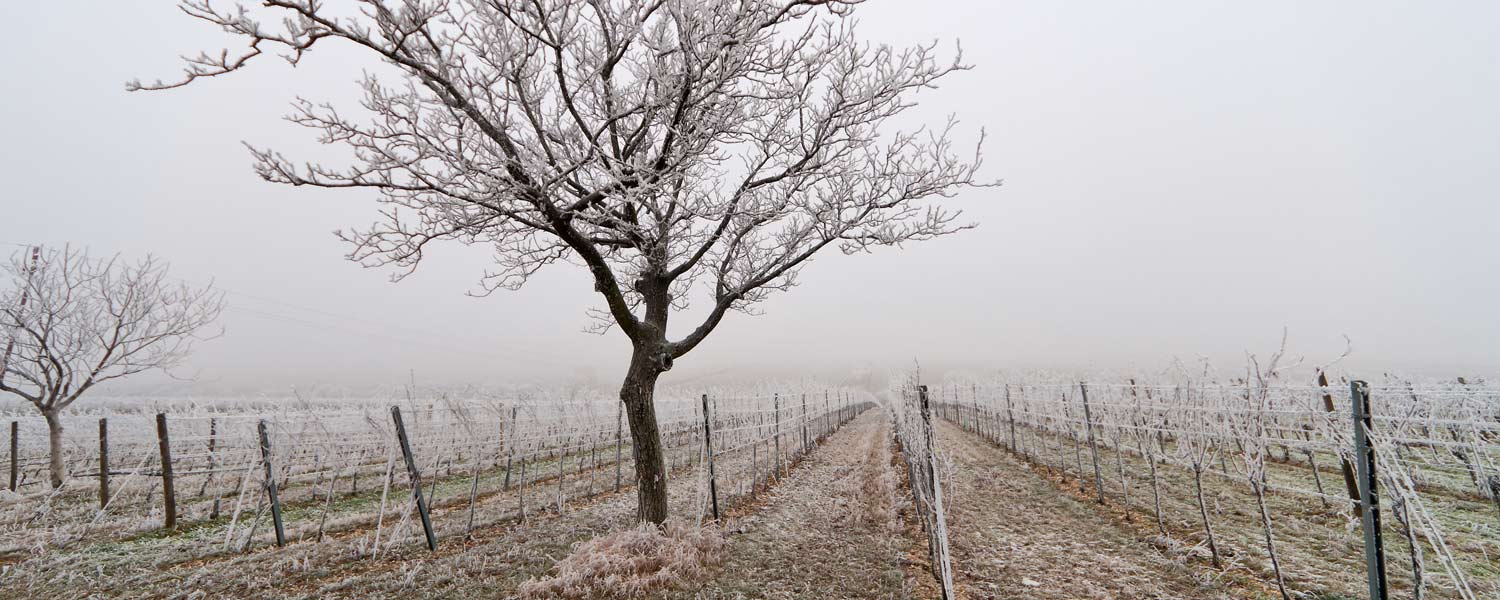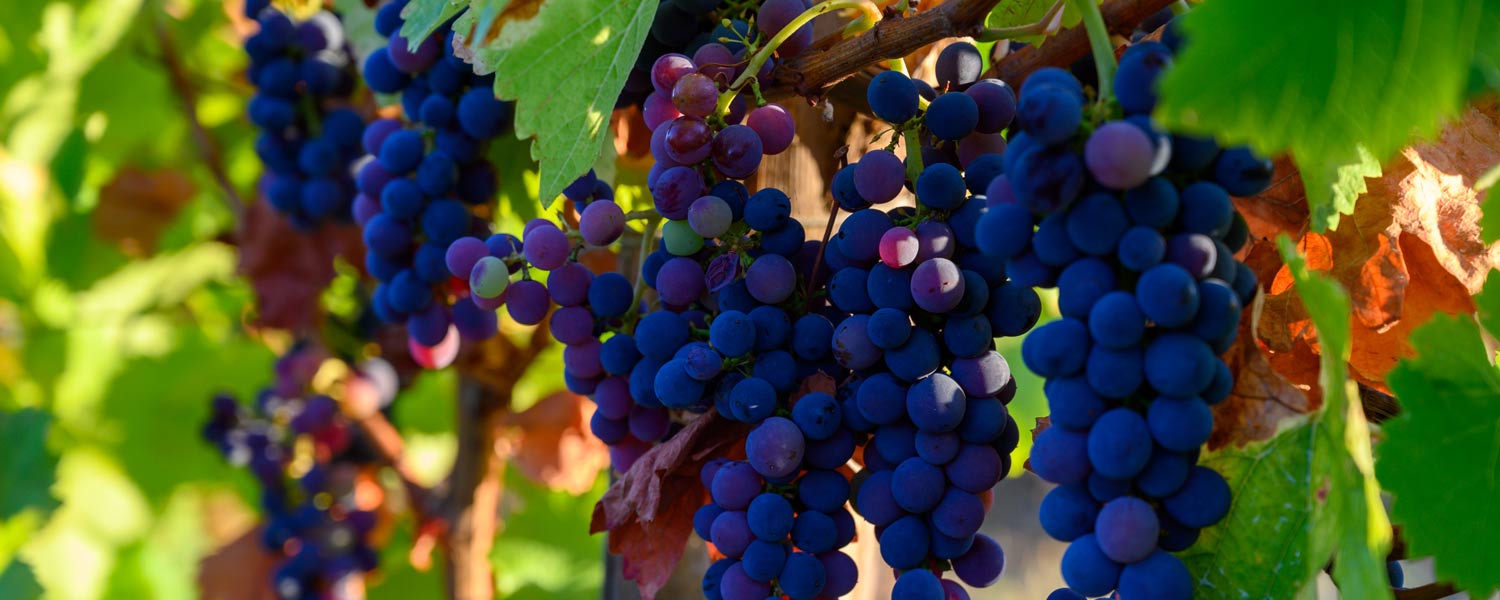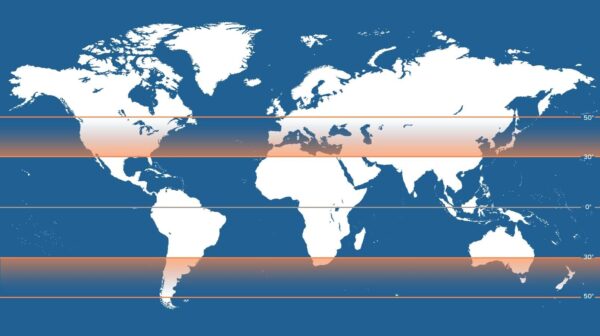Whether you’re talking about tasting notes, techniques, or even regions, the vocabulary of wine is constantly evolving. As our understanding of the science of winemaking grows, so too does our understanding of what wine is and how we classify it. One way of describing wine that has become increasingly popular in the last decade is by referencing the growing climate. Wine grapes and vineyards in growing regions with cooler temperatures are said to produce “cool climate wines.”
But what counts as a “cool climate” and what characterizes the wines from these regions? Read on to learn all about the cool climate wine flavour profile, which grape varieties do best in cool climates, what makes a cool climate wine growing region and why it’s more complicated than you might think.
What is a Cool Climate Wine?
It might seem like an easy question, but if you’ve ever asked a wine enthusiast or a sommelier, “What exactly IS a cool climate wine?” you probably got a lot more answer than you bargained for! Sure, the basic answer is simple enough – wine made from grapes grown in a region with colder weather – but the factors that go into a “cool” growing region in terms of wine can actually be quite varied!
No matter how they define “cool climate” for themselves, there is one thing that cool climate wine enthusiasts can agree on — what a cool climate wine tastes like. Whether red or white, cool climate wines tend to be light-bodied and lighter on alcohol, and with a fresh, acidic bite.
The reason for this has to do with how heat interacts with grapes. High temperatures help grapes grow and develop more sugars, faster. Up to a certain point, this is of course a good thing! However, an overexposure to heat and sun – say, if you don’t harvest on time – will lead to an overproduction of sugars and a loss of acidity, which is why grapes grown in hot climates can end up tasting flabby and even jammy.
On the flip side, grapes in cool climate regions have to really work to ripen, so they’re not overly sugary and have an acidic zing to them since the acidity is not broken down. And of course, since the sugars break down into alcohol during fermentation, a wine’s alcohol content is directly tied to the grape’s sugar content. Basically, a cool climate = less sugar = less alcoholic wine!

Which Grapes Grow Best in Cool Climates?
While growing grapes in a cool climate region is always going to be challenging, the type of grape makes a huge difference to a winemaker’s success and failure. In fact, many grape varieties would stand no chance of ripening in a cool climate region! White grapes tend to do better in cool climates, as their thinner skins allow more sunlight and heat to pass through, helping them to ripen fully despite shorter, cooler growing seasons, but some red grape varieties can also stand up to the cold. So what are the best grapes for producing cool climate wines?
Best Grapes for Cool Climate Red Wines
Like all cool climate wines, cool climate reds tend to have a lighter body, lower alcohol content and high acidity. They also often have tart flavour profiles.
Red wine grapes that do well in cool climates include Pinot Noir, Cabernet Franc, Cabernet Sauvignon, Gamay Noir, and Merlot.
Best Grapes for Cool Climate White Wines
Just like the reds, Cool climate whites will be very light-bodied, have a zingy acidic mouthfeel and low alcohol content. They also tend to have citrusy flavour profiles.
White wine grapes that do well in cool climates include Riesling, Chardonnay, Pinot Gris, and Gewürztraminer.

What Makes a Cool Climate Wine Growing Region?
Cool climate wine regions often have colder weather, all four seasons, and a lower average monthly temperature across the growing season, typically 13-15 °C. Of course, even regions outside of that range have been labeled “cool climate” and an average temperature for a span of seven months hides a lot of variety. If you’re looking to nail down some specifics, you might be surprised to learn that there is no official criteria for what makes a cool climate wine region!
That’s because the factors that go into a wine region being “cool” are pretty complex. With that in mind, let’s take a look at some of the common features of cool climate wine regions.
Latitude
Probably the most obvious factor in the climate of wine growing regions is latitude. While there are exceptions, viable grape growing regions are generally confined to latitudes between 30° and 50°. Any closer to the equator, and the grapes get burned up in the extreme heat, any further and they simply fail to ripen. Within this range, geographical regions that are at or close to the 50th parallel are usually considered cool climate wine regions.

High Elevation
Even in warmer regions closer to the equator, higher elevations can dramatically alter the local climate. As a result, vineyards in high elevation areas will often see weather patterns that closely follow those of more “classic” cool climate wine regions.
Large Bodies of Water
If you live near a large body of water, you’ve probably noticed a pretty dramatic swing in temperature as you drive further inland. Large bodies of water are slow to change temperatures, staying cooler in summer and warmer in winter. They also have a tempering effect on air currents passing over them, which means coastal regions generally get a much more moderate climate overall. Because of this effect, coasts in cold weather regions can make great cool climate growing zones, as nearby bodies of water help make the otherwise frigid temperatures tolerable for the crops.
Dramatic Diurnal Shifts
While the mental image that “cool climate” produces is usually along the lines of frozen lakes, mounds of snow, and parka-clad children, grapes do require heat and sun to grow, and cool climate wine countries can actually get quite hot in the summers! Even places that you would never associate with a cool climate, such as Australia, have regions that are considered cool climate wine regions.
This is partially because of elevation, but it is also down to the phenomenon of diurnal temperature variation. Say what? Basically, this refers to the difference in temperature between the hottest and coldest point in a single day. In wine growing regions with dramatic diurnal shifts, hot days that boost sugar development give way to cold nights that stop it in its tracks. As a result, the wines that develop in regions like Southeastern Australia are lighter in body and alcohol content and high in acidity, just like wines made in more “traditional” cool climate wine regions.
Want to Learn More about Cool Climate Wines?
This month, WineCollective members have gotten the scoop on cool climate wines with content like our “Ask a Somm” feature, where we interviewed River Café wine director Bruce Soley. If you’ve been enjoying these articles and want to get more knowledgeable about wine, become a WineCollective member today to enjoy informative monthly articles on all aspects of wine and the winemaking industry! (And, of course, a curated selection of incredible wines delivered straight to your door.)
